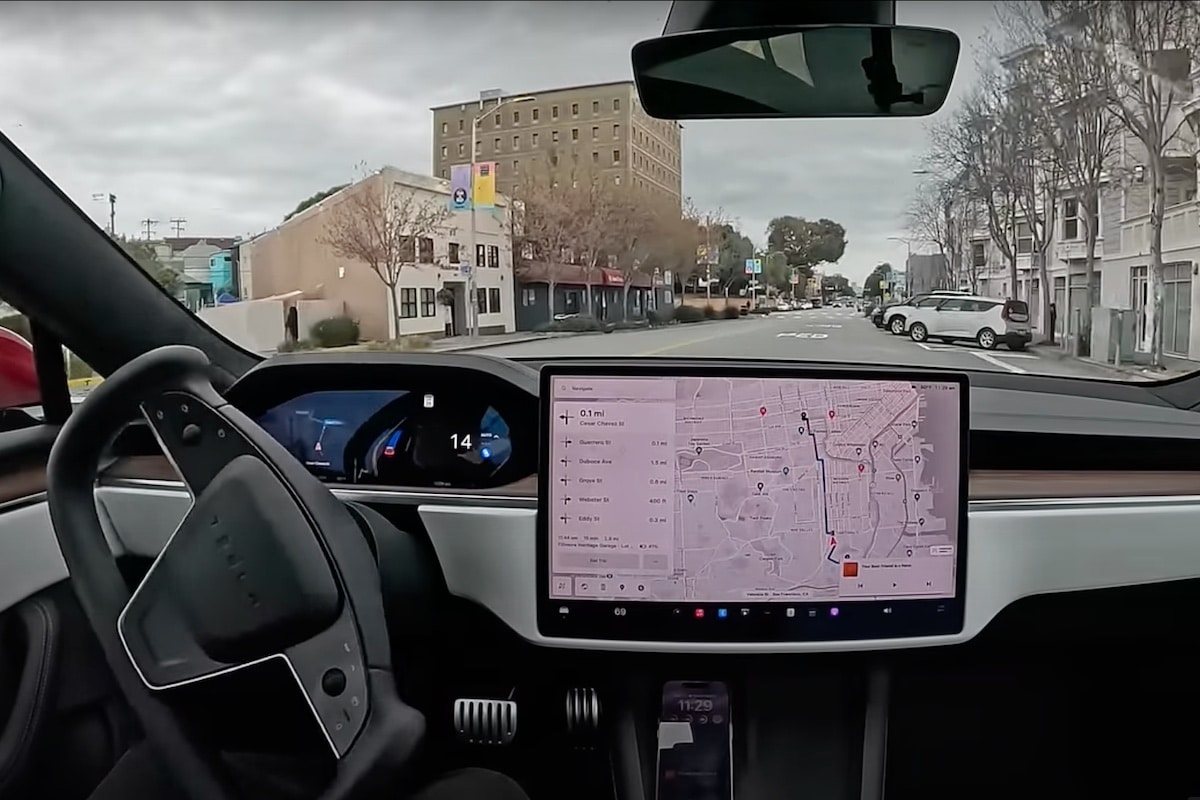Autopilot: Tesla fined 210 million euros after a death

On August 1, 2025, a federal jury sentenced Tesla to pay $243 million following a fatal accident that occurred in Autopilot mode.
This is the first time a U.S. federal court has determined that the California manufacturer bears a share of responsibility in a tragedy caused by its semi-autonomous driving system. The fatal accident dates back to 2019 and involved a Tesla Model S.
The judgment was rendered in Miami, after a lengthy trial between Tesla and the family of Naibel Benavides Leon, a 22-year-old woman killed on April 25, 2019, in Key Largo, Florida. She was fatally struck, along with Dillon Angulo, a seriously injured friend, by a Tesla Model S that ran a stop sign at 100 km/h before colliding with a parked SUV.
You might be interestedin this article:
The driver of the vehicle, George McGee, was using the Autopilot system while looking at his phone. However, he was not targeted by the proceedings, with Tesla being the sole defendant.
A Dangerous Precedent?
The jury attributed 33% of the responsibility to Tesla, considering that the Autopilot was used in conditions for which it was not designed. The remaining 67% of the fault was assigned to the driver, who was not sued.
The sum of $243 million, approximately €210 million, will be divided into two parts. $43 million will go to the families of the victims – the deceased and the injured – while $200 million will be a punitive fine for failing to meet the duty of care and information regarding the use of Autopilot.
Tesla immediately stated that it would appeal this decision, which it considers “incorrect,” while warning that this verdict could hinder advancements in automotive safety.
Is Autopilot a False Promise?
One of the central points of the trial was Tesla’s marketing positioning regarding Autopilot. The plaintiffs accused the brand of misleading consumers by making them believe that the system allowed for fully autonomous driving, whereas it is an assistance that requires constant vigilance from the driver.
The jury found that Tesla had not sufficiently warned users that the Autopilot was not designed for secondary roads like the one on which the accident occurred, but rather for use on controlled-access highways.
This verdict marks a turning point in Tesla’s defense strategy. Until now, the manufacturer had always avoided convictions of this magnitude by reaching settlements in most cases related to Autopilot.
With this first unfavorable federal verdict, Tesla could face an increase in lawsuits, as other cases involving Autopilot are ongoing in the United States. The decision made in Florida could set a precedent.
As Tesla urgently launches its Robotaxi project in several American cities, the automaker’s autonomous driving systems will be under closer scrutiny. And what about the wary customers?
READ ALSO: Tesla Model Y low cost: a declining range?
This page is translated from the original post "Autopilot : Tesla condamné à 210 millions d’euros après un décès" in French.
We also suggestthese articles:
Also read





